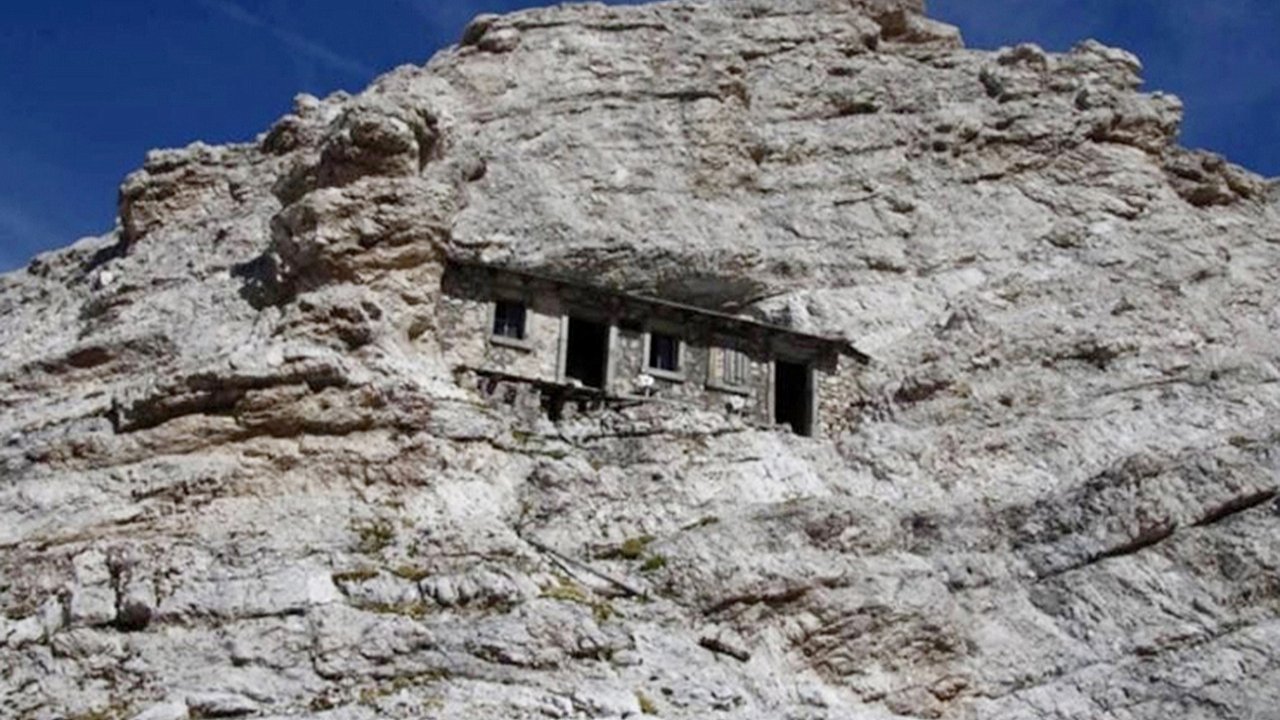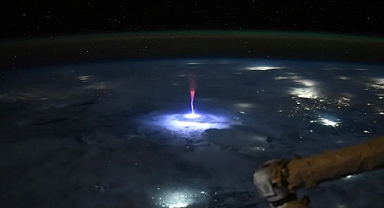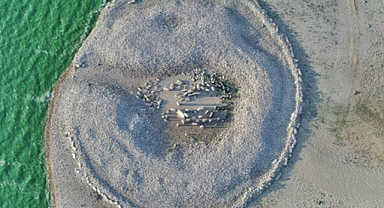Surprisingly, such a structure exists—perched precariously at 2,800 meters above sea level on Monte Cristallo in the Dolomite Mountains of Italy. Known as Buffa di Perrero, this secluded outpost has been dubbed "The World's Loneliest House." Constructed roughly a century ago during World War I, it remains an architectural mystery and a fascination for explorers.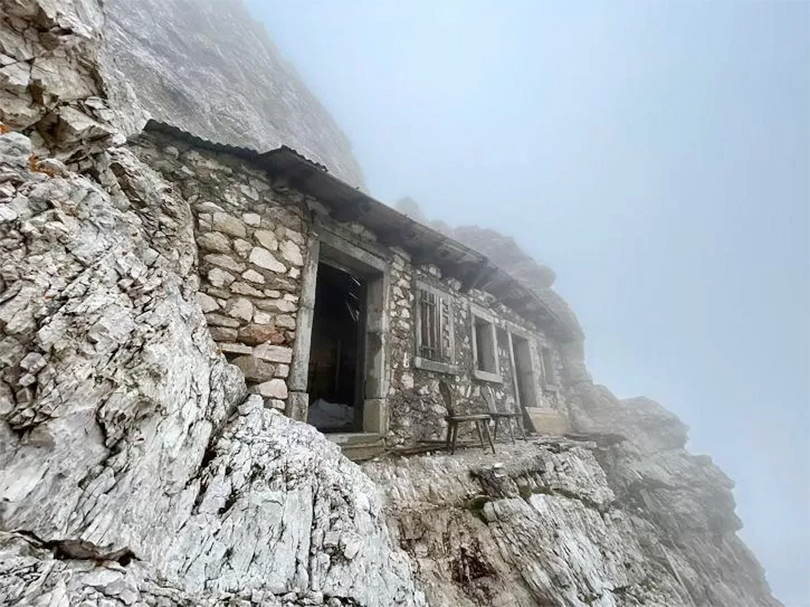
Buffa di Perrero sits entirely isolated from modern infrastructure, its wooden and brick form standing resilient against the elements. The journey to reach this historic dwelling is treacherous, winding through the steep and rocky terrain of the Dolomites. The mystery surrounding its construction and purpose only adds to its allure.Historians and locals alike speculate on how and why Buffa di Perrero came to be. According to regional folklore, Italian soldiers built this isolated refuge as a shelter from the relentless weather and a place to recuperate during fierce battles against the Austro-Hungarian Empire. Given the treacherous conditions and lack of modern transportation, questions remain about how materials were transported to such an inhospitable location.
With its slanted roof, four small windows, and simple furnishings, the structure is far from luxurious. Inside, a few wooden chairs and a basic interior suggest it once served as a temporary sanctuary for soldiers or climbers seeking refuge from the harsh mountain conditions. The house’s isolated position offered strategic advantages, allowing soldiers to observe enemy movements while remaining hidden from view.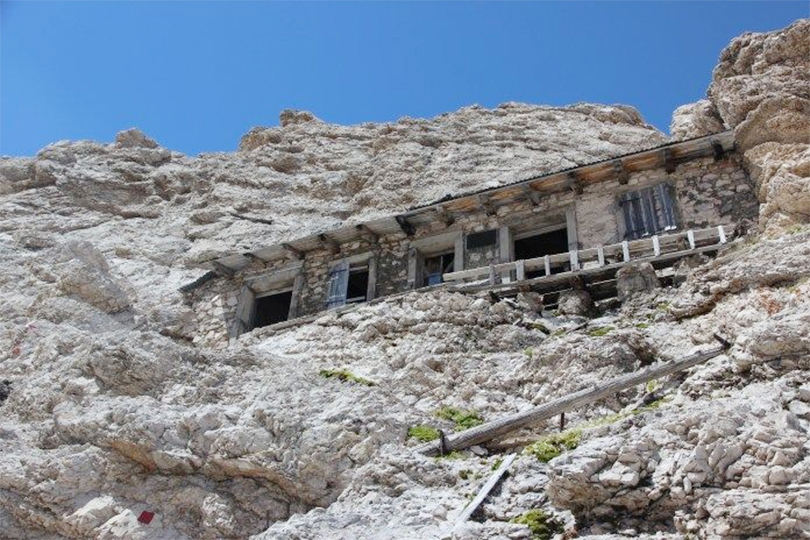 The journey to Buffa di Perrero is not for the faint of heart. To access this secluded dwelling, climbers must navigate the Via Ferrata, or "iron way"—a network of steel ladders, cables, and rungs affixed to the mountainside. Originally developed during World War I, this route allowed soldiers to move across the challenging terrain efficiently.
The journey to Buffa di Perrero is not for the faint of heart. To access this secluded dwelling, climbers must navigate the Via Ferrata, or "iron way"—a network of steel ladders, cables, and rungs affixed to the mountainside. Originally developed during World War I, this route allowed soldiers to move across the challenging terrain efficiently.
Over time, similar bivouacs appeared along the Italian front, providing shelter amid the brutal conditions of mountain warfare. The Dolomites, infamous for their harsh winters and extreme weather, saw devastating battles and natural disasters, including the tragic "White Friday" avalanche of December 1916. Even today, harsh weather continues to threaten the region, and Buffa di Perrero has faced significant damage—at one point, the structure became unusable due to a collapsed roof.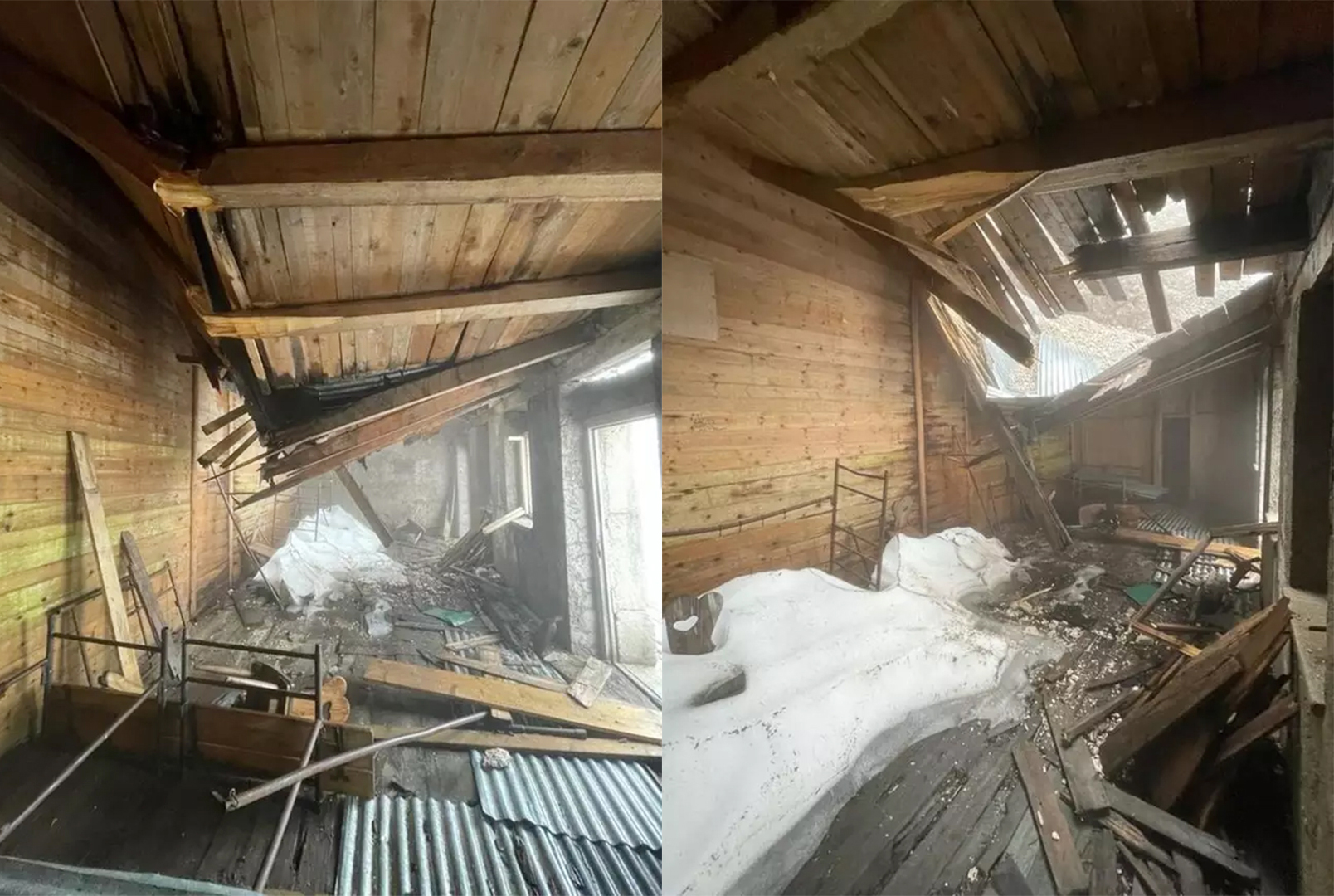 Despite its modest interior, Buffa di Perrero has captivated hikers and history enthusiasts alike. Many adventurers undertake the grueling ascent just to witness its peculiar charm and breathtaking surroundings. Inspired by this historical refuge, the Auronzo Club Alpino Italiano (CAI), responsible for maintaining the region’s hiking trails, has constructed a modern shelter near Forcella Marmarole pass. This contemporary hut, capable of housing up to 12 people, was dramatically positioned via helicopter, giving it the illusion of a precarious descent down the mountainside. Reaching the modern shelter is no small feat—it requires a rigorous five-hour journey, partially assisted by a ski lift. However, those who brave the trek are rewarded with stunning panoramic views of the Dolomites and a rare opportunity to experience an isolated retreat akin to Buffa di Perrero.
Despite its modest interior, Buffa di Perrero has captivated hikers and history enthusiasts alike. Many adventurers undertake the grueling ascent just to witness its peculiar charm and breathtaking surroundings. Inspired by this historical refuge, the Auronzo Club Alpino Italiano (CAI), responsible for maintaining the region’s hiking trails, has constructed a modern shelter near Forcella Marmarole pass. This contemporary hut, capable of housing up to 12 people, was dramatically positioned via helicopter, giving it the illusion of a precarious descent down the mountainside. Reaching the modern shelter is no small feat—it requires a rigorous five-hour journey, partially assisted by a ski lift. However, those who brave the trek are rewarded with stunning panoramic views of the Dolomites and a rare opportunity to experience an isolated retreat akin to Buffa di Perrero. Like any historical wonder, Buffa di Perrero has inspired curiosity, speculation, and admiration. Its legacy remains an intriguing chapter in the history of mountain warfare and human resilience. Whether viewed as a relic of war or a test of endurance for adventurous hikers, this enigmatic house continues to captivate those who seek its remote solitude.
Like any historical wonder, Buffa di Perrero has inspired curiosity, speculation, and admiration. Its legacy remains an intriguing chapter in the history of mountain warfare and human resilience. Whether viewed as a relic of war or a test of endurance for adventurous hikers, this enigmatic house continues to captivate those who seek its remote solitude.

Buffa di Perrero sits entirely isolated from modern infrastructure, its wooden and brick form standing resilient against the elements. The journey to reach this historic dwelling is treacherous, winding through the steep and rocky terrain of the Dolomites. The mystery surrounding its construction and purpose only adds to its allure.Historians and locals alike speculate on how and why Buffa di Perrero came to be. According to regional folklore, Italian soldiers built this isolated refuge as a shelter from the relentless weather and a place to recuperate during fierce battles against the Austro-Hungarian Empire. Given the treacherous conditions and lack of modern transportation, questions remain about how materials were transported to such an inhospitable location.
With its slanted roof, four small windows, and simple furnishings, the structure is far from luxurious. Inside, a few wooden chairs and a basic interior suggest it once served as a temporary sanctuary for soldiers or climbers seeking refuge from the harsh mountain conditions. The house’s isolated position offered strategic advantages, allowing soldiers to observe enemy movements while remaining hidden from view.
 The journey to Buffa di Perrero is not for the faint of heart. To access this secluded dwelling, climbers must navigate the Via Ferrata, or "iron way"—a network of steel ladders, cables, and rungs affixed to the mountainside. Originally developed during World War I, this route allowed soldiers to move across the challenging terrain efficiently.
The journey to Buffa di Perrero is not for the faint of heart. To access this secluded dwelling, climbers must navigate the Via Ferrata, or "iron way"—a network of steel ladders, cables, and rungs affixed to the mountainside. Originally developed during World War I, this route allowed soldiers to move across the challenging terrain efficiently.Over time, similar bivouacs appeared along the Italian front, providing shelter amid the brutal conditions of mountain warfare. The Dolomites, infamous for their harsh winters and extreme weather, saw devastating battles and natural disasters, including the tragic "White Friday" avalanche of December 1916. Even today, harsh weather continues to threaten the region, and Buffa di Perrero has faced significant damage—at one point, the structure became unusable due to a collapsed roof.
 Despite its modest interior, Buffa di Perrero has captivated hikers and history enthusiasts alike. Many adventurers undertake the grueling ascent just to witness its peculiar charm and breathtaking surroundings. Inspired by this historical refuge, the Auronzo Club Alpino Italiano (CAI), responsible for maintaining the region’s hiking trails, has constructed a modern shelter near Forcella Marmarole pass. This contemporary hut, capable of housing up to 12 people, was dramatically positioned via helicopter, giving it the illusion of a precarious descent down the mountainside. Reaching the modern shelter is no small feat—it requires a rigorous five-hour journey, partially assisted by a ski lift. However, those who brave the trek are rewarded with stunning panoramic views of the Dolomites and a rare opportunity to experience an isolated retreat akin to Buffa di Perrero.
Despite its modest interior, Buffa di Perrero has captivated hikers and history enthusiasts alike. Many adventurers undertake the grueling ascent just to witness its peculiar charm and breathtaking surroundings. Inspired by this historical refuge, the Auronzo Club Alpino Italiano (CAI), responsible for maintaining the region’s hiking trails, has constructed a modern shelter near Forcella Marmarole pass. This contemporary hut, capable of housing up to 12 people, was dramatically positioned via helicopter, giving it the illusion of a precarious descent down the mountainside. Reaching the modern shelter is no small feat—it requires a rigorous five-hour journey, partially assisted by a ski lift. However, those who brave the trek are rewarded with stunning panoramic views of the Dolomites and a rare opportunity to experience an isolated retreat akin to Buffa di Perrero. Like any historical wonder, Buffa di Perrero has inspired curiosity, speculation, and admiration. Its legacy remains an intriguing chapter in the history of mountain warfare and human resilience. Whether viewed as a relic of war or a test of endurance for adventurous hikers, this enigmatic house continues to captivate those who seek its remote solitude.
Like any historical wonder, Buffa di Perrero has inspired curiosity, speculation, and admiration. Its legacy remains an intriguing chapter in the history of mountain warfare and human resilience. Whether viewed as a relic of war or a test of endurance for adventurous hikers, this enigmatic house continues to captivate those who seek its remote solitude.